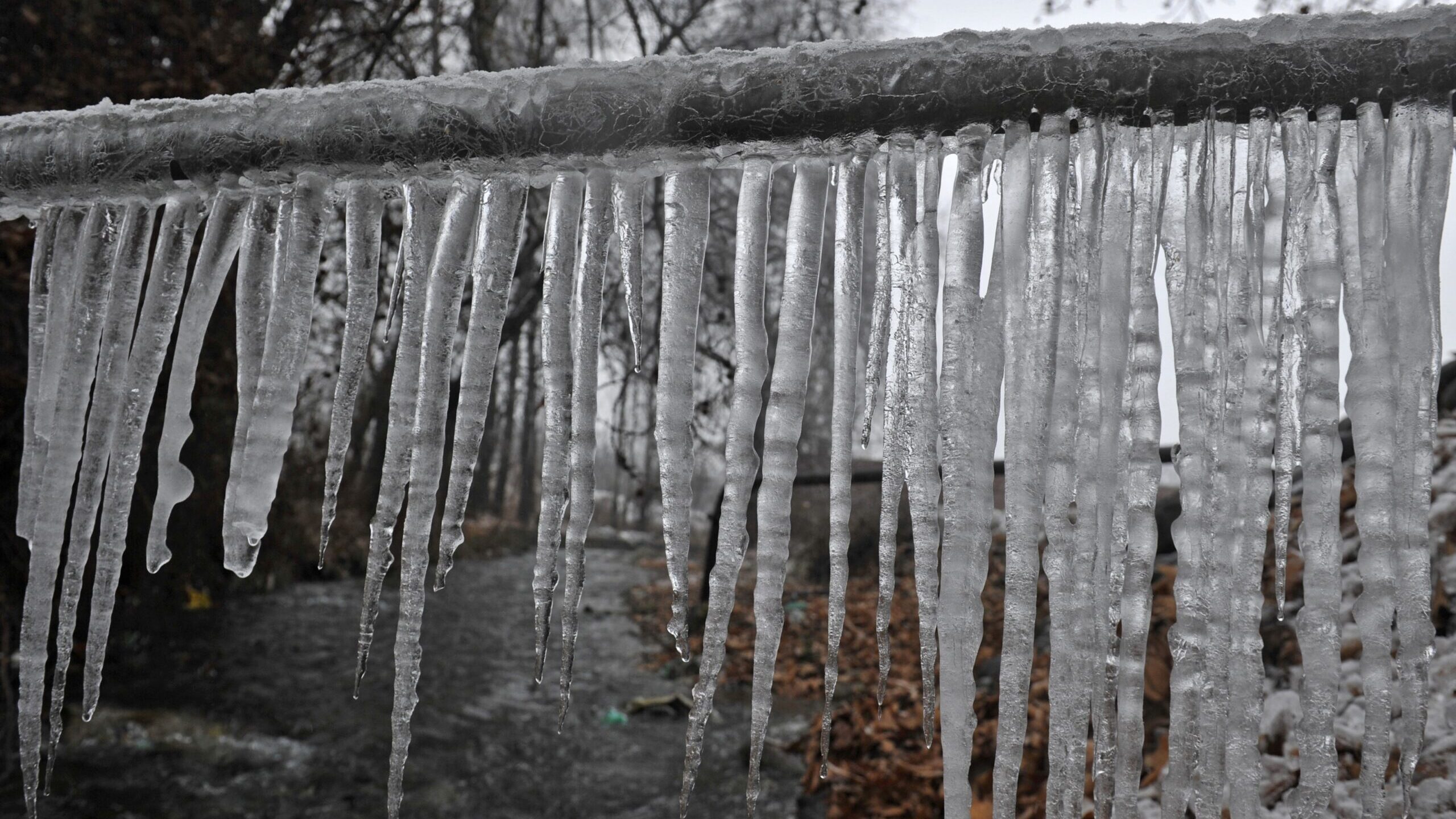Avoiding Frozen Plumbing in Winter: Professional Advice
Avoiding Frozen Plumbing in Winter: Professional Advice
Blog Article
Almost everyone seems to have their own unique opinions when it comes to Winter Plumbing Precautions: Preventing Frozen Pipes.

Winter can ruin your pipes, especially by freezing pipes. Right here's how to prevent it from occurring and what to do if it does.
Introduction
As temperature levels decline, the threat of frozen pipes rises, potentially causing pricey fixings and water damage. Recognizing exactly how to stop icy pipes is vital for homeowners in cool climates.
Prevention Tips
Insulating susceptible pipelines
Wrap pipes in insulation sleeves or utilize warm tape to safeguard them from freezing temperatures. Focus on pipes in unheated or outside locations of the home.
Home heating strategies
Maintain indoor areas adequately heated up, particularly areas with plumbing. Open cabinet doors to allow cozy air to distribute around pipelines under sinks.
How to recognize frozen pipes
Search for lowered water flow from faucets, unusual odors or noises from pipes, and noticeable frost on subjected pipes.
Long-Term Solutions
Structural modifications
Take into consideration rerouting pipelines away from outside walls or unheated locations. Add extra insulation to attics, basements, and crawl spaces.
Upgrading insulation
Purchase top notch insulation for pipelines, attics, and wall surfaces. Appropriate insulation aids keep regular temperatures and reduces the risk of frozen pipelines.
Safeguarding Outside Plumbing
Yard pipes and exterior taps
Detach and drain pipes yard hoses before winter season. Mount frost-proof faucets or cover exterior taps with insulated caps.
Understanding Frozen Pipelines
What creates pipes to ice up?
Pipelines ice up when subjected to temperature levels listed below 32 ° F (0 ° C) for prolonged periods. As water inside the pipelines ices up, it expands, putting pressure on the pipe walls and possibly creating them to break.
Threats and damages
Icy pipelines can bring about water interruptions, residential property damage, and costly repair work. Burst pipes can flood homes and trigger substantial structural damage.
Signs of Frozen Pipeline
Recognizing frozen pipelines early can stop them from breaking.
What to Do If Your Pipes Freeze
Immediate activities to take
If you presume icy pipelines, keep taps open up to relieve stress as the ice melts. Make use of a hairdryer or towels soaked in warm water to thaw pipes slowly.
Final thought
Preventing icy pipelines needs aggressive steps and quick responses. By comprehending the reasons, indications, and safety nets, house owners can secure their plumbing during cold weather.
5 Ways to Prevent Frozen Pipes
Drain Outdoor Faucets and Disconnect Hoses
First, close the shut-off valve that controls the flow of water in the pipe to your outdoor faucet. Then, head outside to disconnect and drain your hose and open the outdoor faucet to allow the water to completely drain out of the line. Turn off the faucet when done. Finally, head back to the shut-off valve and drain the remaining water inside the pipe into a bucket or container. Additionally, if you have a home irrigation system, you should consider hiring an expert to clear the system of water each year.
Insulate Pipes
One of the best and most cost-effective methods for preventing frozen water pipes is to wrap your pipes with insulation. This is especially important for areas in your home that aren’t exposed to heat, such as an attic. We suggest using foam sleeves, which can typically be found at your local hardware store.
Keep Heat Running at 65
Your pipes are located inside your walls, and the temperature there is much colder than the rest of the house. To prevent your pipes from freezing, The Insurance Information Institute suggests that you keep your home heated to at least 65 degrees, even when traveling. You may want to invest in smart devices that can keep an eye on the temperature in your home while you’re away.
Leave Water Dripping
Moving water — even a small trickle — can prevent ice from forming inside your pipes. When freezing temps are imminent, start a drip of water from all faucets that serve exposed pipes. Leaving a few faucets running will also help relieve pressure inside the pipes and help prevent a rupture if the water inside freezes.
Open Cupboard Doors
Warm your kitchen and bathroom pipes by opening cupboards and vanities. You should also leave your interior doors ajar to help warm air circulate evenly throughout your home.

As a devoted person who reads about Preventing and dealing with frozen pipes, I figured sharing that excerpt was essential. Sharing is good. One never knows, you may be doing someone a favor. Kudos for your time. Please visit our website back soon.
Get Estimate Report this page